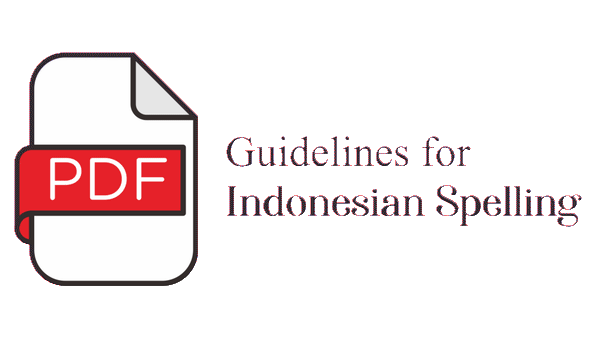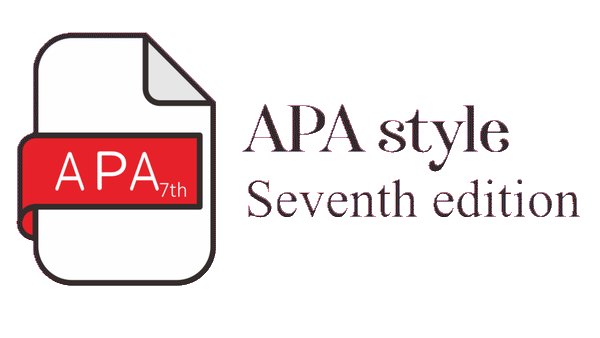DAMPAK KEBERADAAN INDUSTRI SEMEN TERHADAP SISTEM MATA PENCAHARIAN (LIVELIHOOD SYSTEM) NELAYAN BAYAH
Abstract
Keberadaan industri semen di Kecamatan Bayah seperti dua sisi mata uang logam, memiliki dampak positif dan negatif tertentu bagi masyarakat sekitar, khususnya terhadap mata pencaharian nelayan Bayah. Penelitian ini bertujuan untuk mendeskripsikan kondisi mata pencaharian nelayan sebelum dan sesudah adanya industri semen, dan mengidentifikasi strategi adaptasi untuk menjamin keberlanjutan mata pencaharian di kalangan nelayan. Metode yang digunakan yaitu deskriptif kualitatif dengan nelayan sebagai key informan. Data didapatkan melalui kuesioner, wawancara mendalam, Focus Group Discussion (FGD), dan observasi lapangan. Hasil penelitian menunjukkan bahwa masuknya industri semen (PT. Cemindo Gemilang) di Kecamatan Bayah membawa perubahan berantai, baik dari perubahan ekologis maupun kehidupan sosial ekonomi nelayan. Perubahan ekologis menyebabkan bergesernya daerah tangkapan ikan, perubahan ketersediaan produk perikanan sebagai modal utama, peningkatan biaya dalam mengakses sumber daya, dan berimplikasi pada pendapatan rumah tangga nelayan. Ketidakpastian penghasilan seringkali ditanggulangi dengan diversifikasi mata pencaharian, yang merupakan salah satu bentuk strategi nafkah ganda yang sudah dilakukan oleh nelayan Bayah sebelum adanya industri semen. Namun setelah adanya industri semen membuka peluang untuk bekerja di sektor non perikanan yaitu sebagai buruh pabrik dan kuli panggul di dermaga. Strategi adaptasi untuk menjamin keberlanjutan mata pencaharian dilakukan melalui adaptasi berupa penganekaragaman sumber pendapatan, penganekaragaman alat tangkap, perubahan daerah tangkapan, dan memanfaatkan hubungan sosial.
Title: The Impact of the Cement Industry to the Livelihood
System of Bayah Fishers
The existence of cement industry in Bayah Sub-district is like two sides of the same coin, it has a positive and negative impacts for the surrounding community, especially on the livelihood of Bayah fishers. This study aims to describe the livelihood conditions of fishers before and after the cement industry exists in their village as well as to identify adaptation strategies to ensure the sustainability of fishers livelihoods. The study used descriptive qualitative method involving fishers as the key informant. Data were collected through questionnaires, in-depth interviews, FGD, and field observations. Results showed that the existence of cement industry (PT. Cemindo Gemilang) in Bayah Sub-district brought about a series of change toward ecological and socio-economic life of the fishers. Ecological change led to shifting of catchment areas, changes in the availability of fisheries product as their major capital, increased costs of access to resources, and implications toward household incomes. Uncertainty of income was frequently solved by varying livelihoods, and it was one of strategies that has been implemented by Bayah fishers even before the cement industry exists. However, the existence of cement industry has created job opportunity in non-fishery sector such as factory workers and dock porters. Adaptation strategies to ensure the sustainability of their livelihood are: diversification of sources of income, diversification of fishing gear, relocation of fishing area and empowerment of social relationship.
Keywords
Full Text:
PDFDOI: http://dx.doi.org/10.15578/jsekp.v12i2.5976
Indexed by:
-------------------------------------------------------------------------------------
Published by
Research Center for Marine and Fisheries Socio-Economic
in collaboration with
Indonesian Marine and Fisheries Socio-Economics Research Network

This work is licensed under a Creative Commons Attribution-NonCommercial-ShareAlike 4.0 International License.


















